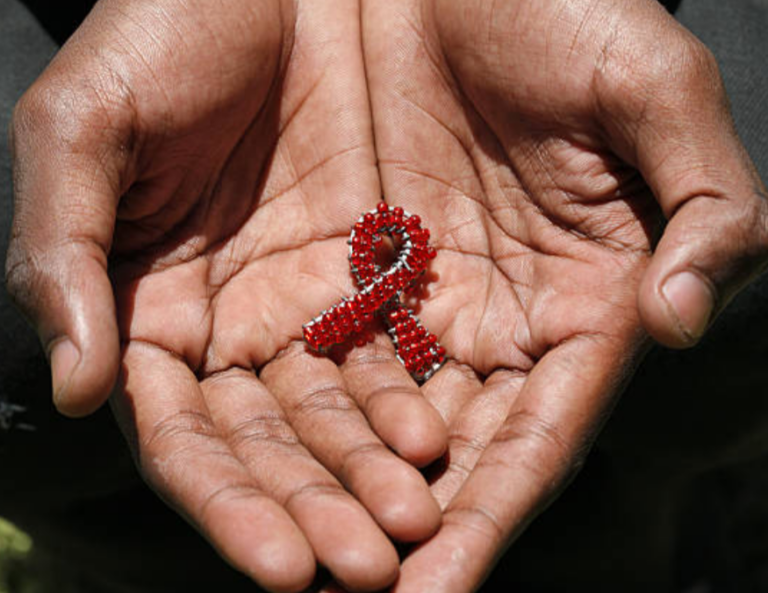
Scientists have discovered microplastics in vascular tissue for the first time – suggesting they can pass to human tissue through blood vessels.
A team from the University of Hull and Hull York Medical School working with researchers from the Hull University Teaching Hospitals NHS Trust analysed human saphenous vein tissue taken from patients undergoing heart bypass surgery in a small pilot study.
Saphenous veins are blood vessels in the legs which help send blood from the legs and feet back up to the heart.
The veins consist of three layers of tissue and are widely used in coronary artery bypass graft (CABG) procedures aimed at diverting, or bypassing, blood around narrowed or blocked coronary arteries to restore blood supply to the heart in patients with coronary heart disease.
Around, 40-50% of CABG procedures ultimately fail after 10 years due to a variety of factors, which are not always clear.
Until now, no studies have examined whether microplastics can infiltrate or cross any biological barrier, including blood vessels, or examined any potential link between environmental microplastic exposure and CABG outcomes.
Scientists found 15 microplastic particles per gram of vein tissue.
“We were surprised to find them,” said Professor Jeanette Rotchell, an environmental toxicologist, at the University of Hull who led the research. “We already know microplastics are in blood, from a study by Dutch colleagues last year.”
Source: University of Hull
© CopyRights RawNews1st






